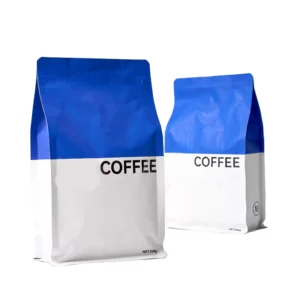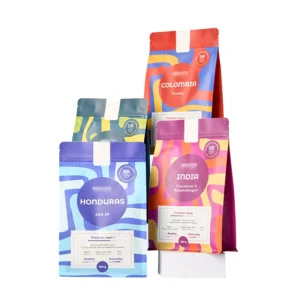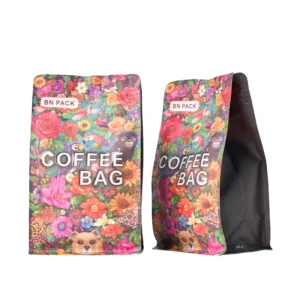Coffee lovers often overlook the environmental impact of their daily brew, specifically the disposal of coffee bags. These bags, often a mix of paper, plastic, and foil, present a recycling challenge. Understanding how to properly recycle and compost them is crucial for minimizing waste and promoting sustainability.
This blog post will delve into the intricacies of coffee bag disposal, offering practical tips and guidelines. We’ll explore the materials commonly used in coffee bags and provide clear instructions on how to separate and process them for recycling or composting, ensuring a greener coffee routine.
Are Coffee Bags Recyclable
Recommended Recycable Coffee Bags
The recyclability of coffee bags is complex and depends heavily on their composition. Many traditional coffee bags are not easily recyclable. This is primarily due to the common use of composite materials, which combine layers of foil, plastic, and paper. These layers, designed to preserve coffee freshness, are difficult to separate, making standard recycling processes ineffective.
However, there are exceptions and evolving trends:
Materials Matter:
- Bags made solely of paper are generally recyclable.
- Bags made from single-material plastics like LDPE (low-density polyethylene) can sometimes be recycled at specialized facilities.
- There is also an increase in compostable coffee bags.
Challenges:
- Foil-lined bags are particularly problematic.
- Even paper bags with plastic linings pose recycling difficulties.
- It is very important to check with your local recycling facilities, as every location has different capabilities.
Therefore, while some coffee bags are recyclable, many are not. Consumers and businesses should seek out and support brands that utilize sustainable packaging options.
How to Dispose of Coffee Bags

Responsible coffee bag disposal is crucial for minimizing environmental impact. Coffee bags, often designed for optimal freshness, present a challenge due to their complex material composition.
Understanding the various disposal methods—recycling, composting, and traditional waste disposal—allows consumers and businesses to make informed choices. Each method has specific requirements and benefits, contributing to a more sustainable coffee consumption cycle.
Recycling Coffee Bags
Many coffee bags are constructed from multi-layered materials, a combination of aluminum foil, various plastics, and paper, all designed to preserve freshness. These composite materials pose a significant recycling challenge due to the difficulty in separating the layers, a process most municipal recycling facilities cannot handle. However, some manufacturers are transitioning to single-material packaging or using recyclable plastics. Identifying the recycling symbol and material type on the bag is crucial, and it’s always best to check local recycling guidelines. Even if a bag is technically recyclable, any contamination, such as coffee grounds, must be thoroughly cleaned before disposal.
Recycling programs vary significantly by location. Some areas may have specialized facilities capable of handling multi-layered plastics, while others may only accept specific types of plastics or paper. Contacting your local waste management authority is essential to determine accepted materials and preparation requirements. Many communities offer drop-off locations for specialized recycling, and participating in retailer-sponsored recycling programs can also be a viable option.
Consumers can influence the market by choosing coffee brands that prioritize sustainable packaging. Supporting companies that participate in extended producer responsibility programs and advocating for improved recycling infrastructure are also important steps.
Composting Coffee Bags
Compostable coffee bags are designed to break down in a composting environment, returning to nutrient-rich soil. These bags are typically made from plant-based materials. It’s crucial to distinguish between biodegradable and compostable materials, looking for certifications like ASTM D6400 or EN 13432.
Some compostable coffee bags can be composted at home, while others require industrial composting facilities. Home composting requires maintaining the right balance of moisture, air, and organic materials. Industrial composting facilities provide controlled environments with higher temperatures and microbial activity. Always check with local waste management authorities about available industrial composting.
Composting diverts organic waste from landfills, reducing methane emissions, and enriches the soil. Using compost reduces the need for synthetic fertilizers.
Traditional Waste Disposal
If recycling or composting is not feasible, traditional waste disposal in a landfill is the last resort. To minimize the impact, ensure the bags are empty and free of residues. Consider consolidating multiple bags to reduce volume.
Landfills are designed to contain waste, but they can still contribute to environmental problems. Modern landfills often capture methane gas for energy production, but decomposition is a very slow process.
If traditional waste disposal is the only option, consider advocating for improved waste management practices and supporting businesses committed to reducing waste. Educate others about responsible waste disposal and the benefits of recycling and composting.
Disposing of Recyclable Multilayered Coffee Bags
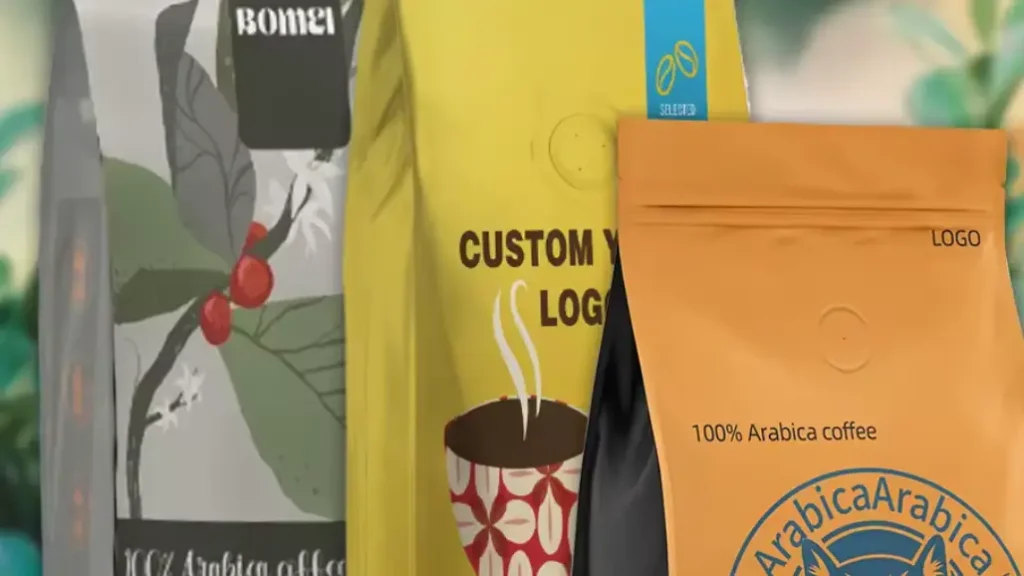
Disposing of recyclable multilayered coffee bags requires a nuanced approach, as “recyclable” doesn’t always mean universally accepted. These bags, often constructed with layers of plastic and sometimes aluminum, are designed for freshness but can complicate recycling. The key lies in understanding the specific materials and your local recycling capabilities. Begin by identifying the recycling symbols on the bag; these indicate the types of plastics used. Then:
- Check Local Guidelines: Contact your municipal waste management or check their website to confirm if they accept multilayered plastics.
- Separate Components: If possible, separate any easily removable parts, like plastic valves, which may be recyclable separately.
- Clean Thoroughly: Remove all coffee grounds and residue, as contamination can prevent recycling.
Even if your local curbside program doesn’t accept them, alternative recycling options might exist. Some communities have specialized drop-off points for flexible plastics or multilayered materials. Retailers or coffee companies may also offer take-back programs for their packaging. Researching these options can provide a more sustainable disposal route.
- Retailer Programs: Check with the store you purchased the coffee from.
- Specialized Drop Offs: Search for local businesses that handle multilayer plastic recycling.
- Mail-in Programs: Some companies offer mail-in recycling for their specific bags.
Supporting brands that prioritize truly recyclable or compostable packaging is crucial for long-term sustainability. Advocate for clearer labeling and improved recycling infrastructure to make responsible disposal easier for everyone. By taking these steps, you can contribute to reducing the environmental impact of coffee packaging.
How to Dispose of Recyclable Laminated Coffee Bags
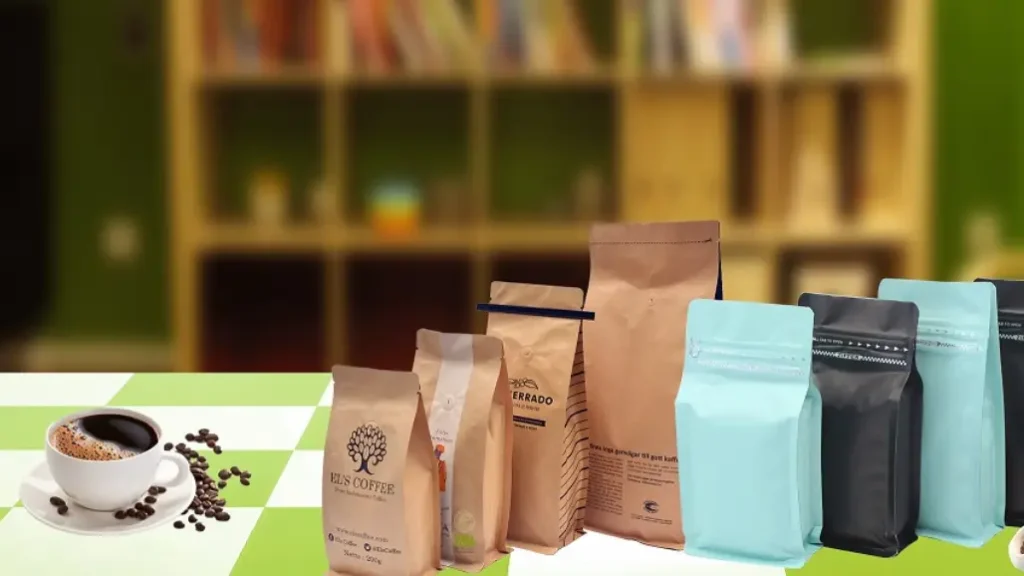
Responsible disposal of recyclable laminated coffee bags requires a nuanced approach, as their “recyclable” status often comes with specific conditions. These bags, while designed with recyclability in mind, still present challenges due to their laminated structure. Understanding the process and adhering to local guidelines is crucial for ensuring they are properly managed.
Recycling Recyclable Laminated Coffee Bags
The key to successfully recycling laminated coffee bags lies in understanding the specific type of laminate used.
Many “recyclable” laminates are made from single-stream plastics or specific blends that can be processed at specialized facilities. It’s imperative to check the packaging for clear recycling instructions and symbols, and to verify these with your local recycling authority. Contamination is a major hurdle; even if the bag is technically recyclable, residual coffee grounds or oils can render it unusable in the recycling stream. Thoroughly cleaning the bags before disposal is essential.
Local recycling programs vary significantly in their capabilities. Some municipalities may have partnerships with facilities that can handle these specialized laminates, while others may not. Investigating local drop-off points or specialized collection programs is vital. Many manufacturers offering these recyclable bags also provide information on their websites regarding proper disposal, and sometimes even offer take back programs. If your local programs are not able to process them, these take back programs may be useful.
Supporting companies that are transparent about their packaging materials and recycling guidelines is crucial. By demanding clear labeling and supporting brands that invest in sustainable packaging solutions, consumers can drive positive change. Encouraging manufacturers to transition to truly circular packaging solutions, which are designed for easy recycling or composting, further contributes to a more sustainable coffee industry.
Composting Recyclable Laminated Coffee Bags
While some laminated coffee bags are marketed as recyclable, very few are designed for home composting. Some industrial composting facilities may accept certain types of compostable laminates, but this is highly dependent on the specific materials used and the facility’s capabilities. It is very important to confirm with the composting facility before attempting to compost these types of bags.
Even if a laminated bag is labeled as “biodegradable,” it doesn’t necessarily mean it’s suitable for composting. Biodegradable materials may break down over time, but they might leave behind microplastics or other harmful residues. Only bags certified as “compostable” under standards like ASTM D6400 or EN 13432 are guaranteed to break down safely in a composting environment.
If home composting is attempted, it can lead to contamination of the compost with non-compostable laminate layers, which can then harm the soil. Therefore, it is strongly suggested to not home compost these types of bags.
Traditional Waste Disposal of Recyclable Laminated Coffee Bags
If recycling or composting is not feasible, traditional waste disposal in a landfill is the remaining option. To minimize the environmental impact, ensure the bags are completely empty and free of any residual coffee. Consider consolidating multiple bags to reduce the overall volume of waste.
Landfills, while designed to contain waste, contribute to environmental issues like methane emissions and leachate contamination. Modern landfills often incorporate systems for capturing methane, but the breakdown of laminated materials is a slow process, potentially releasing microplastics over time.
Advocating for improved waste management infrastructure and supporting businesses that prioritize sustainable packaging alternatives are crucial steps. Educating others about the specific challenges of recycling laminated materials and encouraging the adoption of more sustainable packaging options can help mitigate the long-term environmental impact.
Conclusion
In summary, responsible coffee bag disposal through recycling and composting is essential for minimizing environmental impact. By understanding the materials used in your bags and utilizing local resources, you can significantly reduce waste. Embracing these eco-friendly practices supports a sustainable coffee industry and contributes to a healthier planet.
Choosing the right disposal method, whether it’s composting biodegradable bags or recycling those with recyclable components, makes a tangible difference. Every small effort adds up to a substantial reduction in landfill waste and promotes a circular economy. Let’s commit to making informed choices about our coffee bag disposal.
For businesses looking to enhance their sustainability efforts, consider the impact of your packaging. If you’re seeking high-quality, eco-conscious wholesale coffee bags, explore the options available at BN Pack. Get wholesale coffee bags from BN Pack and take a step towards a greener future.

